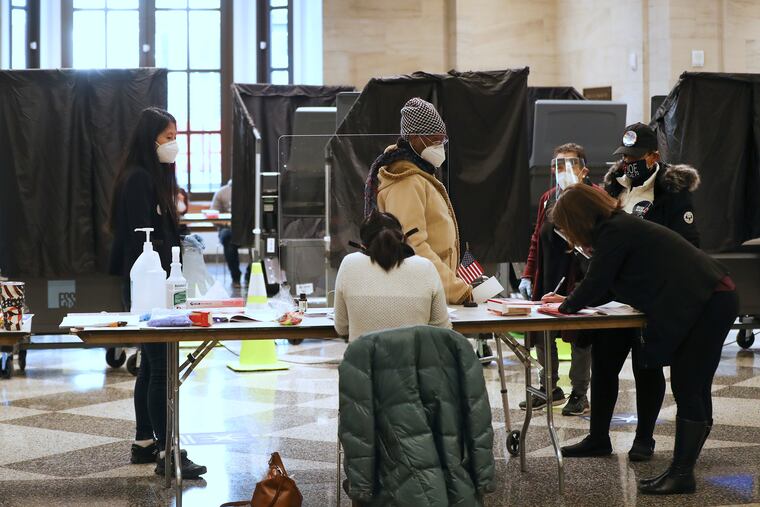3 things to know about how Pennsylvania voters break down by age
An analysis of voter registration data suggests a greater symmetry between the parties across age groups than some might expect.

An analysis of voter registration data suggests a greater symmetry between the parties across age groups than some might expect.
